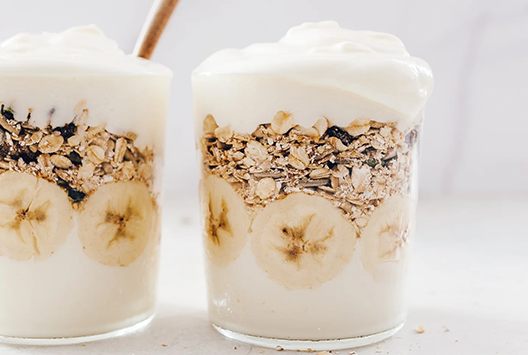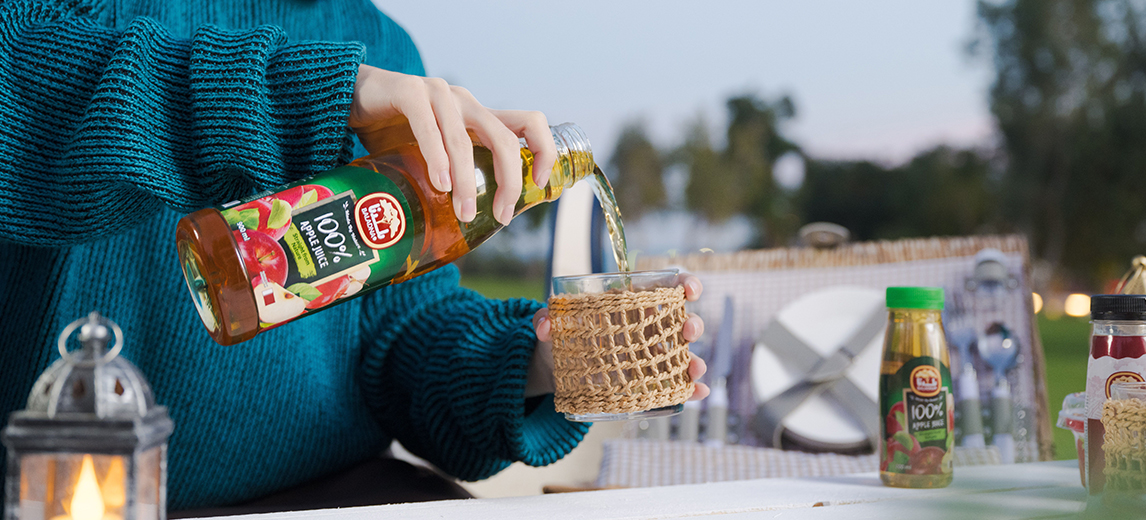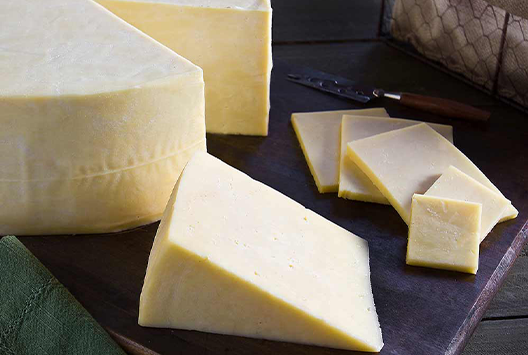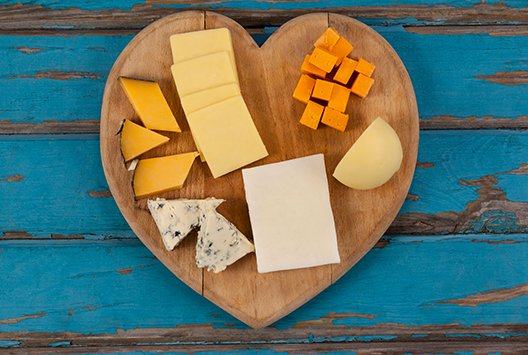
Creative Middle Eastern Appetizers with Moshalal Cheese
Similar
Originating in the Levant region, moshalal cheese has been a part of Middle Eastern culinary culture for centuries. It is enjoyed across many Middle Eastern countries, including Lebanon, Syria, and Jordan, where it holds a special place in traditional diets.
Made from fresh cow or goat milk, this versatile cheese is often likened to string cheese due to its unique texture and delightful flavor. It is not only popular for snacking but also serves as a key ingredient in a variety of creative appetizers that showcase its deliciousness.
What can you make with moshalal cheese? Here are some ideas:
1. Moshalal Cheese & Herb Sticks
Cut the moshalal cheese into sticks and serve them with a variety of fresh herbs, such as mint, parsley, and cilantro. Drizzle with olive oil and sprinkle with a pinch of salt for a refreshing and flavorful appetizer.
2. Cheesy Spinach Puffs
Combine chopped spinach, moshalal cheese, and feta in a bowl. Spoon the mixture into phyllo pastry sheets, fold, and bake until crispy. These bites are perfect for entertaining and can be served warm or at room temperature.
3. Cheese and Za'atar Flatbread
Spread a mixture of moshalal cheese and za'atar on flatbread and bake until the cheese is bubbly. Cut into small squares for a savory snack that captures the essence of Middle Eastern flavors.
4. Moshalal Cheese Stuffed Zucchini
Hollow out small zucchini or courgettes and stuff them with a mixture of moshalal cheese, rice, diced tomatoes, and aromatic spices such as cinnamon and allspice. Place the stuffed zucchini in a baking dish, drizzle with olive oil, and bake until tender.
5. Spiced Moshalal Cheese Rolls
Spread a thin layer of moshalal cheese onto a whole wheat tortilla or flatbread. Sprinkle with a mix of spices like cumin and paprika, then roll it up tightly. Slice into pinwheels for a quick, flavorful appetizer that’s easy to share at gatherings.
Whether enjoyed on its own or incorporated into creative dishes, this stringy cheese is sure to delight your taste buds and impress your guests. So, the next time you're looking to add a touch of Middle Eastern flavor to your gatherings, consider Baladna Moshalal Cheese as your star ingredient. Enjoy the rich traditions and vibrant tastes it brings to your table!



